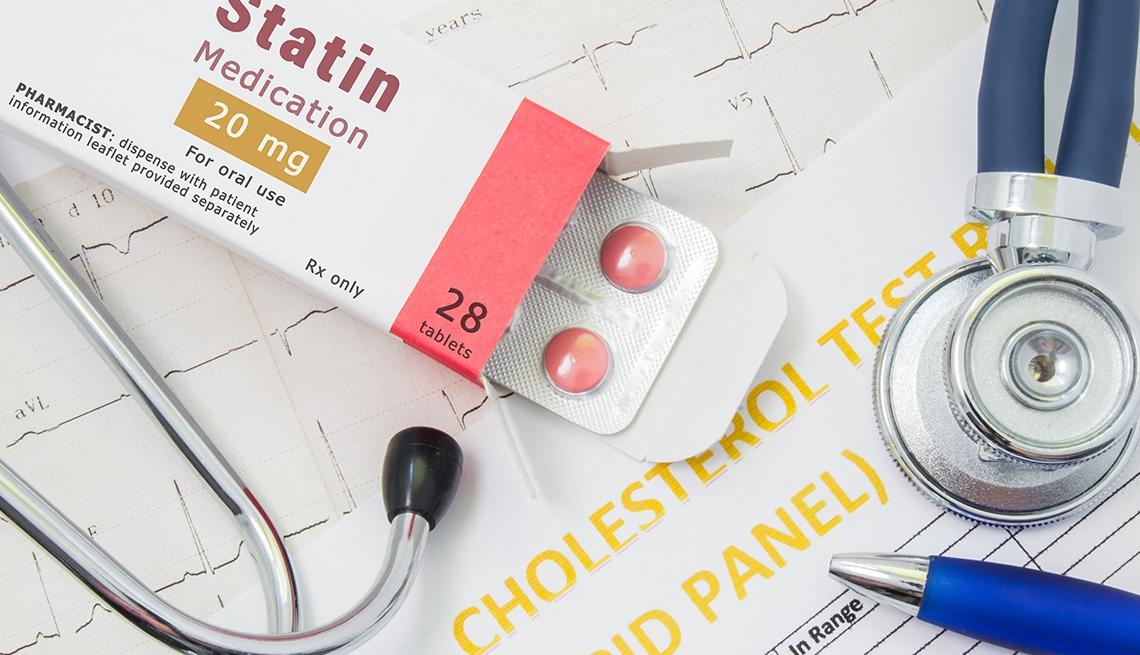
How heart attack symptoms differ in women
- Select a language for the TTS:
- UK English Female
- UK English Male
- US English Female
- US English Male
- Australian Female
- Australian Male
- Language selected: (auto detect) - EN
Play all audios:

For example, of the 48,282 male and female patients with heart symptoms across 10 hospitals in Scotland, researchers found that 15 percent of women received a stent to open a blocked artery
compared with 34 percent of men. Twenty-six percent of women versus 43 percent of men received clot-busting therapy and 16 percent of women received preventive treatment, such as
cholesterol-lowering medication, known as statins, compared with 26 percent of men. TO MAKE THINGS MORE COMPLICATED, WOMEN ARE MORE LIKELY TO HAVE A CONDITION THAT MIMICS A HEART ATTACK As
researchers have begun to better understand the biological differences in the circulatory systems of men and women, they have learned that women can have a host of other cardiac problems
that can mimic a heart attack. For instance, women are more likely to have dissections, or tears, in their coronary arteries, which carry similar symptoms to a heart attack, says Michelle
O'Donoghue, a cardiologist at Brigham and Women's Hospital and associate professor of medicine at Harvard Medical School in Boston. They're also more likely to get
inflammation of the heart, known as myocarditis. Another type of heart disease that affects women more than men is microvascular disease. Women have smaller hearts and blood vessels than
men, and when their smaller vessels get clogged with plaque, blood flow is compromised, causing them to feel like they are having a heart attack. Although Bairey Merz and her colleagues
discovered microvascular dysfunction a few decades ago, in November she published two studies in _JAMA._ The studies offer recommendations about who should be tested for microvascular
dysfunction and which tools work best to help diagnose the condition, which can often be managed with medications. Noninvasive imaging studies called positron emission tomography (PET) or
cardiac magnetic resonance imaging (cardiac MRI) can detect the condition, as well as a more invasive coronary angiogram where doctors look inside the blood vessels to see if they are
blocked. WOMEN GET A GLIMPSE OF THEIR FUTURE HEART HEALTH IN PREGNANCY The onset of diabetes or sudden hypertension and fluid retention during pregnancy, called preeclampsia, are powerful
predictors of a woman's future risk of heart disease. For women, the conditions are a potentially useful red flag of potential cardiovascular trouble ahead. A study of 58,671 pregnant
women, published last August in the _Annals of Internal Medicine_, found that women who developed hypertension and/or gestational diabetes during their first pregnancy developed chronic
hypertension at two to three times the rate of women who didn't show these problems during pregnancy. The women also developed a 70 percent higher rate of type 2 diabetes and a 30
percent higher rate of high cholesterol. If a woman develops one or both of these adverse pregnancy outcomes, they should check their blood pressure every year and see an internist or
cardiologist to manage their health within five years of the pregnancy, notes Bairey Merz.
